The Game-Changing 6G Impact on Mobile App Marketing: A Glimpse Into the Future

With each new generation of mobile technology, we’ve witnessed radical shifts in the way brands connect with consumers. From 2G’s introduction of SMS to 5G’s lightning-fast data speeds and IoT integration, mobile networks have fundamentally changed the landscape of mobile app marketing. Now, with 6G technology on the horizon, we’re standing on the precipice of another revolutionary leap. This new era of mobile connectivity, powered by the 6G mobile network, promises ultra-fast data transmission, hyper-personalized content, immersive experiences, and real-time interactivity. But what does this mean for mobile app marketers like you?
In this article, we’ll dive deep into the 6G impact on mobile app marketing and explore how this advanced technology will redefine the future of user engagement, personalization, and brand interactions.
Table of Contents
Ultra-Fast Data Speeds: Transforming User Experience
One of the most exciting promises of 6G technology is its unprecedented data speeds, expected to reach up to 1 terabit per second (Tbps), making it 100 times faster than 5G. With such incredible speeds, mobile apps will be able to deliver content instantaneously, providing a seamless user experience that will remove the frustrations of buffering, load times, or slow connections. This leap in performance will be transformative for app-based marketing strategies.
Imagine running a campaign that involves high-definition videos, live streaming, or augmented reality marketing, all without a glitch. Whether it’s launching a new product with a high-quality video ad or offering an interactive shopping experience through AR, your marketing campaigns will benefit from ultra-smooth content delivery.
6G technology impact on mobile app means that app users will be able to interact with dynamic content in real-time, making your marketing more engaging and impactful. High-speed data will ensure that ads, in-app promotions, and marketing experiences are frictionless and responsive, resulting in higher engagement rates and better user retention.
For example, research has shown that faster data speeds lead to longer session times, as users are more willing to engage with apps that provide a smooth, uninterrupted experience.


AI Integration and Hyper-Personalization
With 6G mobile networks, AI-powered marketing will reach new heights, allowing real-time data collection and hyper-personalization on a level never seen before. The increased bandwidth and speed of 6G will enable apps to analyze and process vast amounts of user data almost instantaneously, giving marketers the power to tailor content in real-time based on user preferences, behaviors, and contexts.
For example, if a user is browsing a shopping app, 6G technology will allow you to deliver personalized offers based on their shopping history, location, and even mood, all within seconds. The ability to deliver hyper-relevant, AI-driven mobile marketing campaigns will create a deeper connection between your brand and your users, enhancing both engagement and conversion rates.
AI and machine learning will also be more integrated into mobile apps, automating tasks such as content recommendations, customer service, and even purchasing suggestions. These capabilities will allow marketers to deliver personalized ads and in-app promotions that are more precise, timely, and relevant than ever before.
According to a study by McKinsey, companies that invest in AI-driven personalization see a 20-30% increase in customer satisfaction and sales.


Immersive AR and VR Experiences
The rise of 6G mobile networks will make immersive technologies like augmented reality (AR) and virtual reality (VR) more accessible and engaging than ever. With the ultra-low latency and high bandwidth of 6G technology, users will experience AR and VR content without any lag or buffering. This is a game-changer for mobile app marketing, as brands will be able to deliver truly interactive and immersive experiences to their users.
For instance, a retail app could allow users to try on virtual clothing through their phone’s camera, or a furniture app could use AR to let users visualize how items would look in their home. These AR-based product demonstrations will drive higher engagement and conversion rates by offering users a tangible connection to the products.
Similarly, VR-driven marketing campaigns will allow brands to create fully immersive environments where users can explore products or services. For example, a travel app could offer virtual tours of vacation destinations, giving users an interactive experience that will inspire them to book a trip.
6G Technology impact on mobile app marketing will mean that AR and VR content is not only more immersive but also more widely adopted by consumers, as the technology will be smoother, more accessible, and integrated into everyday mobile app usage.
Research suggests that by 2025, more than 50% of consumers will engage with AR and VR content regularly, driven by advancements in mobile networks like 6G.


Real-Time Marketing Campaigns and Greater Interactivity
With 6G mobile networks, real-time marketing will no longer be just a possibility—it will become a standard. 6G technology will allow marketers to run campaigns that adapt instantly to user behavior, preferences, and actions. Whether it’s offering real-time promotions during a live event or delivering dynamic ads that change based on user input, real-time marketing strategies will lead to more meaningful interactions with users.
For example, brands could run live polls, quizzes, or flash sales during streaming events, encouraging users to engage with the app in real-time. Additionally, the ability to collect real-time feedback from users will allow marketers to fine-tune their campaigns on the fly, increasing their effectiveness.
The high-speed, low-latency nature of 6G networks means that apps can process user actions almost instantly, allowing for greater interactivity in marketing campaigns. Users will be able to engage with interactive ads that evolve in real-time based on their inputs, creating a more engaging and personalized experience.
According to industry reports, real-time marketing has been shown to increase user engagement by up to 25%, making it a highly effective strategy for brands looking to connect with their audience in a more immediate and impactful way.
IoT Integration and Cross-Platform Marketing
One of the most significant advancements brought by 6G technology is the expansion of the Internet of Things (IoT). With 6G mobile networks supporting billions of interconnected devices, mobile apps will be able to integrate seamlessly with a wide range of IoT devices, from smartwatches and fitness trackers to smart home devices and wearables. This will open up new opportunities for cross-platform marketing, allowing you to engage users across multiple devices and channels.
For instance, a fitness app could send reminders to a user’s smartwatch based on their workout patterns, while a retail app could sync with smart home devices to offer personalized promotions based on user behavior at home. This level of cross-device marketing will make your marketing efforts more relevant and contextual, ensuring that users receive the right message at the right time on the right device.
By leveraging wearable technology marketing, brands will be able to interact with users in more meaningful ways, creating a more connected and cohesive user experience. Whether it’s delivering push notifications to smartwatches or integrating with smart speakers for voice-activated promotions, 6G impact on mobile app marketing will allow for more personalized and seamless marketing interactions across multiple devices.


Enhanced Geolocation and Hyper-Local Marketing
Another major benefit of 6G technology will be the improvements in geolocation accuracy. With 6G mobile networks, marketers will have the ability to deliver highly precise, hyper-local mobile marketing campaigns that are tailored to a user’s exact location. Whether it’s sending personalized offers to users as they walk by a store or delivering promotions based on their proximity to a specific event, 6G’s geolocation capabilities will allow for highly targeted and relevant marketing.
For example, a food delivery app could offer special discounts to users when they’re near a partner restaurant, or a retail app could send push notifications with exclusive deals as users pass by a physical store. This level of geolocation in mobile marketing will increase the relevance of your campaigns, leading to higher engagement and conversion rates.
Studies show that hyper-local marketing can increase conversion rates by up to 20%, as users are more likely to engage with content that is relevant to their immediate surroundings.
Data Privacy and Security Concerns
As 6G technology enables more data collection and faster processing speeds, concerns about data privacy and security will become more pronounced. With apps collecting real-time data from multiple devices and sources, it’s essential that marketers prioritize mobile data privacy to build and maintain trust with users.
To ensure compliance with privacy regulations and protect user data, marketers will need to implement strict data protection measures and be transparent with users about how their data is being collected and used. Offering users control over their data—such as allowing them to opt in or out of data collection and providing clear privacy policies—will be crucial in building trust and ensuring your marketing practices are compliant with evolving data regulations.
With 6G mobile networks enabling more cross-device marketing and data collection from multiple sources, the need for secure data handling becomes even more critical. Brands that fail to prioritize data privacy could face significant reputational damage, not to mention potential legal consequences. By adhering to best practices in mobile data privacy, you can assure users that their information is safe, thus fostering loyalty and trust in your brand.
Recent studies show that 80% of consumers are more likely to engage with brands that they trust to handle their data securely.


Comparison Between 2G, 3G, 4G, 5G, and 6G Technologies
As the following table shows, each generation of mobile technology has brought with it significant advancements that have transformed how marketers engage with users through mobile apps. 6G technology represents the next leap in connectivity, promising a host of new features that will elevate mobile app marketing to unprecedented levels.
| Generation | Launch Year | Data Speed | Technology | Key Features | Impact on Marketing |
|---|---|---|---|---|---|
| 2G | 1991 | Up to 50 Kbps | GSM | Text messaging, basic services | Limited, SMS marketing |
| 3G | 2001 | Up to 2 Mbps | CDMA | Internet browsing, multimedia | Mobile web, app stores |
| 4G | 2009 | Up to 1 Gbps | LTE | Video streaming, high-speed internet | Video ads, interactive content |
| 5G | 2019 | Up to 10 Gbps | mmWave | Low latency, IoT integration | Real-time marketing, AR/VR apps |
| 6G | 2030 (Projected) | Up to 1 Tbps | Terahertz | AI-driven, immersive AR/VR, quantum | Hyper-personalized, real-time, IoT |
Predictions for 6G Technology and App Availability
As 6G technology continues to develop, industry experts predict that the first commercial 6G mobile networks will become available around 2030. This rollout will initially target high-tech industries like healthcare, transportation, and smart cities, where the benefits of 6G’s ultra-fast speeds and low latency can be fully realized.
For mobile app marketers, 6G apps will likely become widely available in the early 2030s, as the technology becomes more integrated into consumer devices and daily life. By this time, we can expect 6G technology to power a new generation of mobile apps that are more immersive, personalized, and interactive than ever before.
Here’s a projected timeline for the rollout of 6G technology and its impact on mobile app marketing:
| Milestone | Year | Details |
|---|---|---|
| Early Research and Development | 2020 – 2024 | Initial research on AI-powered networks, quantum computing, and terahertz frequencies. |
| Standardization and Testing | 2025 – 2027 | Global standard-setting, early tests, and technology demonstrations. |
| Initial Rollout of 6G Networks | 2028 – 2030 | Limited deployment of 6G in select regions, focusing on industries like healthcare and smart cities. |
| Mass Market Adoption | 2030 and beyond | Widespread availability of 6G services and apps for consumers, with full integration of IoT and AR/VR. |
Conclusion: A Glimpse Into the Future of Mobile App Marketing
As 6G technology becomes a reality, its impact on mobile app marketing will be profound. From ultra-fast data speeds and real-time AI-driven personalization to immersive AR/VR experiences and seamless integration with IoT devices, 6G will unlock a new era of innovation for marketers. The ability to deliver hyper-local mobile marketing campaigns, run interactive real-time marketing strategies, and create cross-platform experiences will transform how brands engage with users through mobile apps.
The future of mobile app marketing will be defined by 6G impact, with a focus on personalized, immersive, and interactive experiences that foster deeper connections between brands and consumers. As we move toward a world powered by 6G mobile networks, marketers who stay ahead of these advancements will be able to capitalize on the unprecedented opportunities this technology brings.
Call to Action: Ready to future-proof your mobile app marketing strategy for the 6G revolution? Contact us today to explore how you can leverage the power of 6G technology to engage your audience in new and innovative ways.


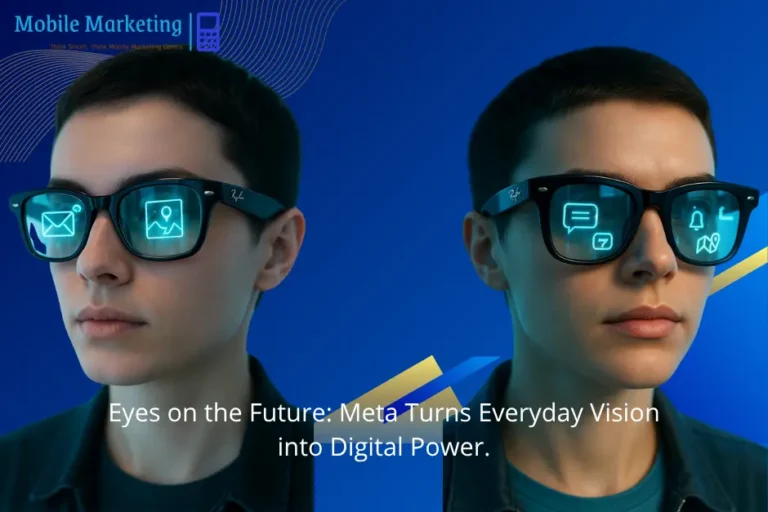
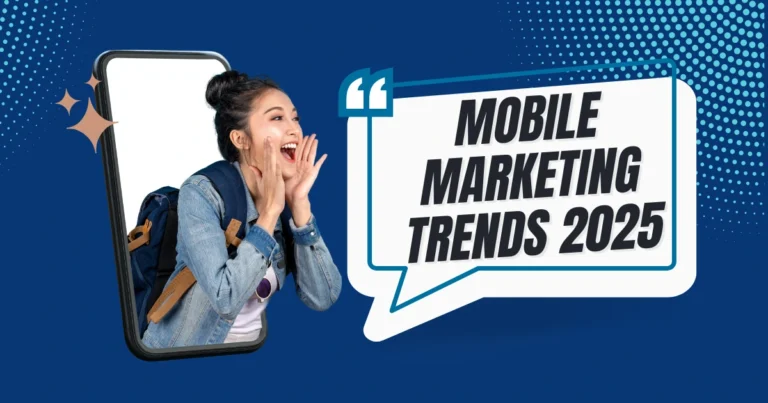
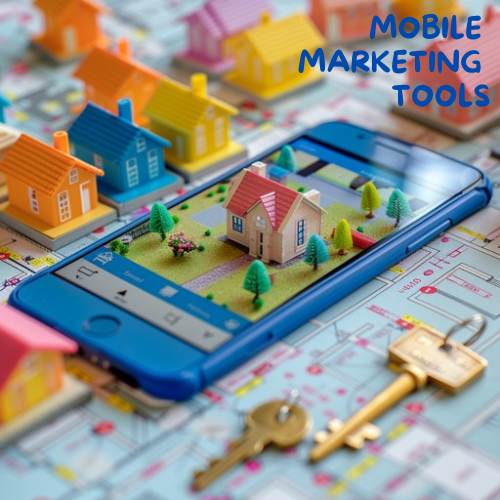
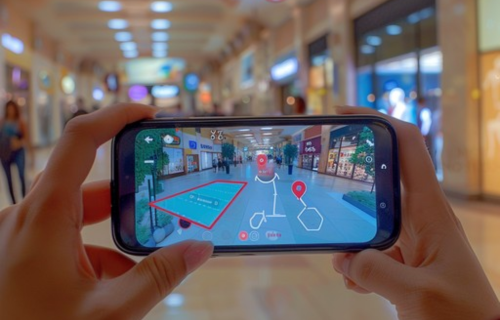
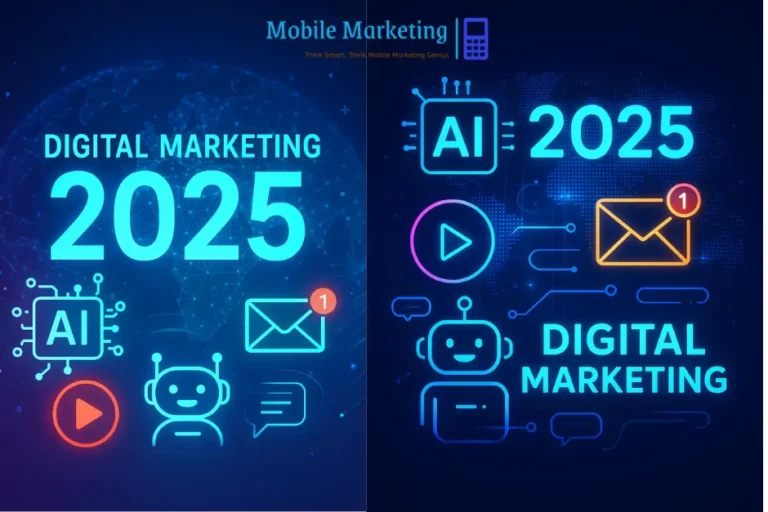
One Comment
Comments are closed.